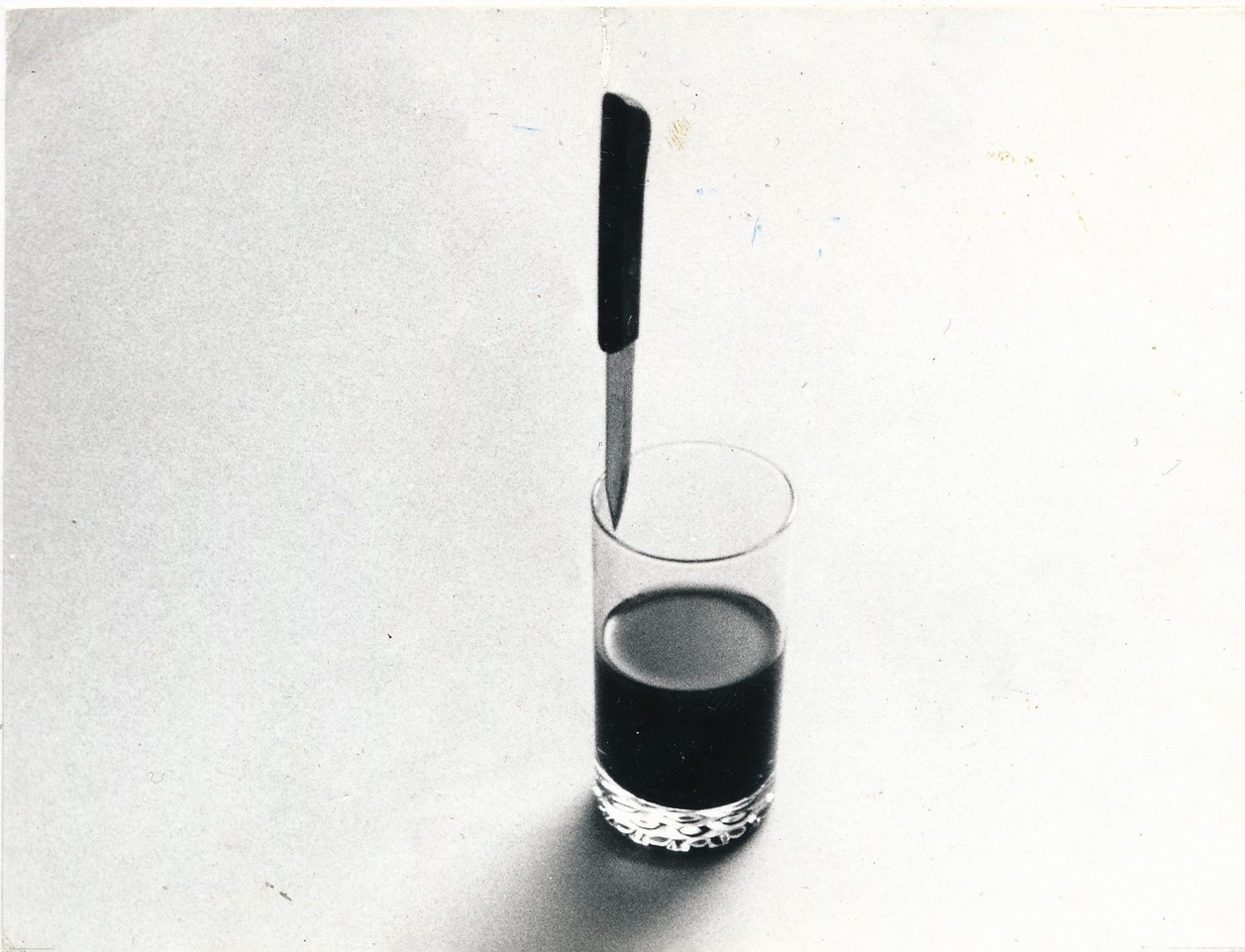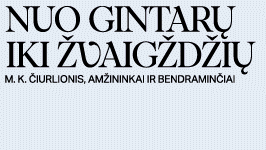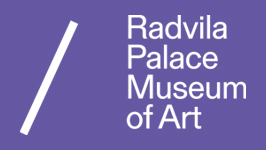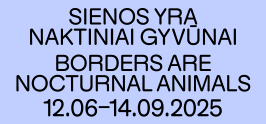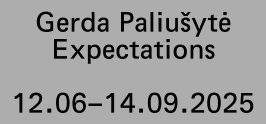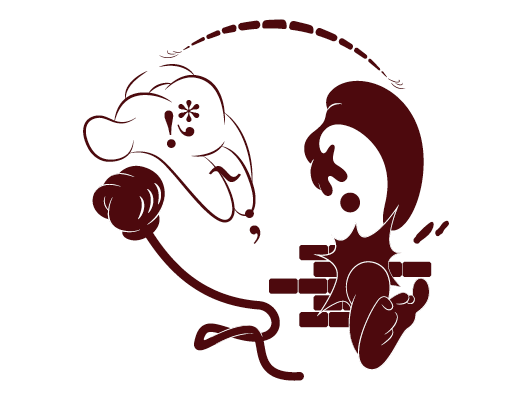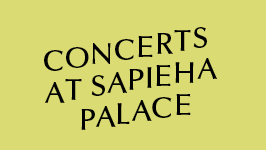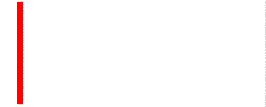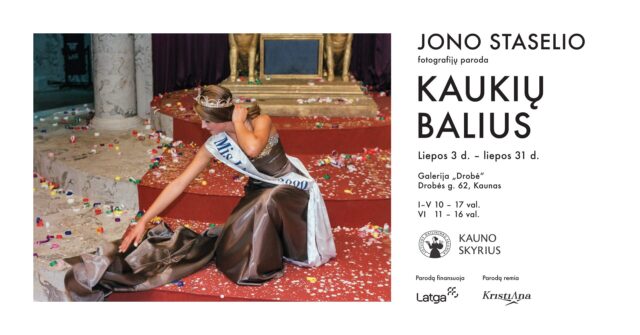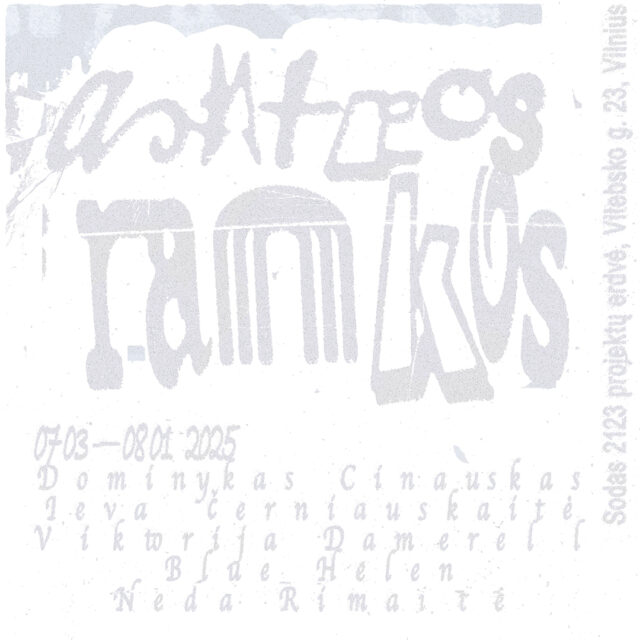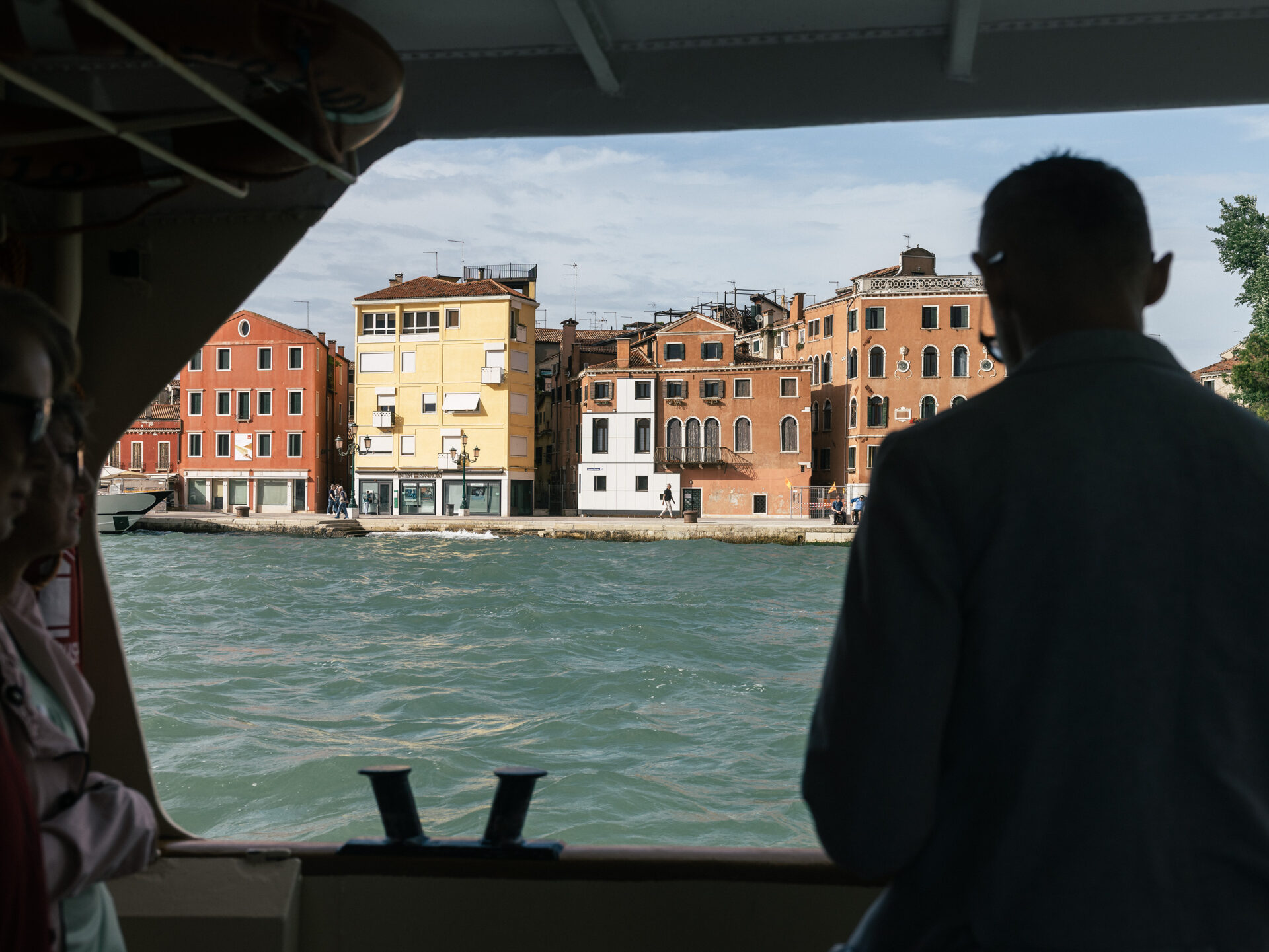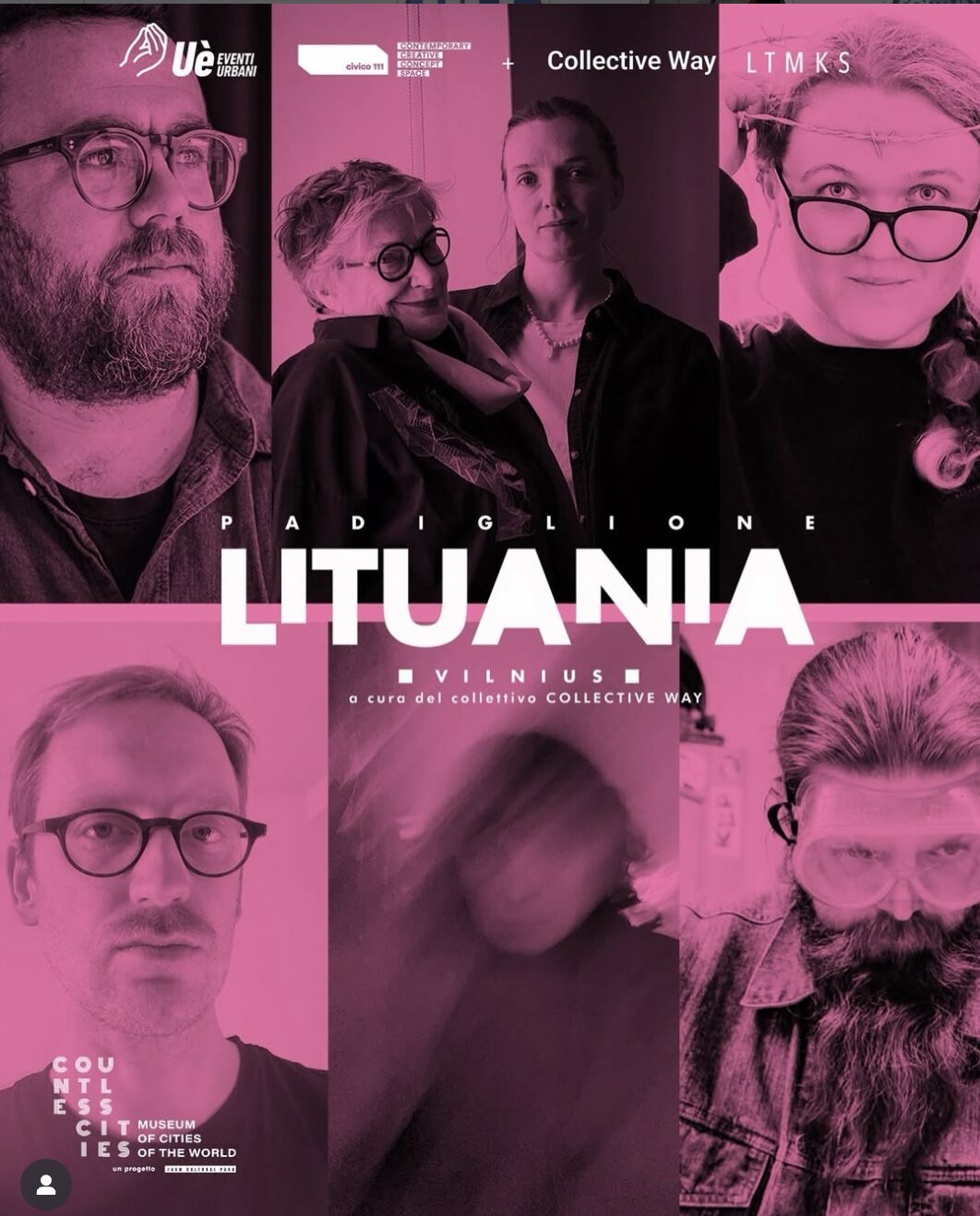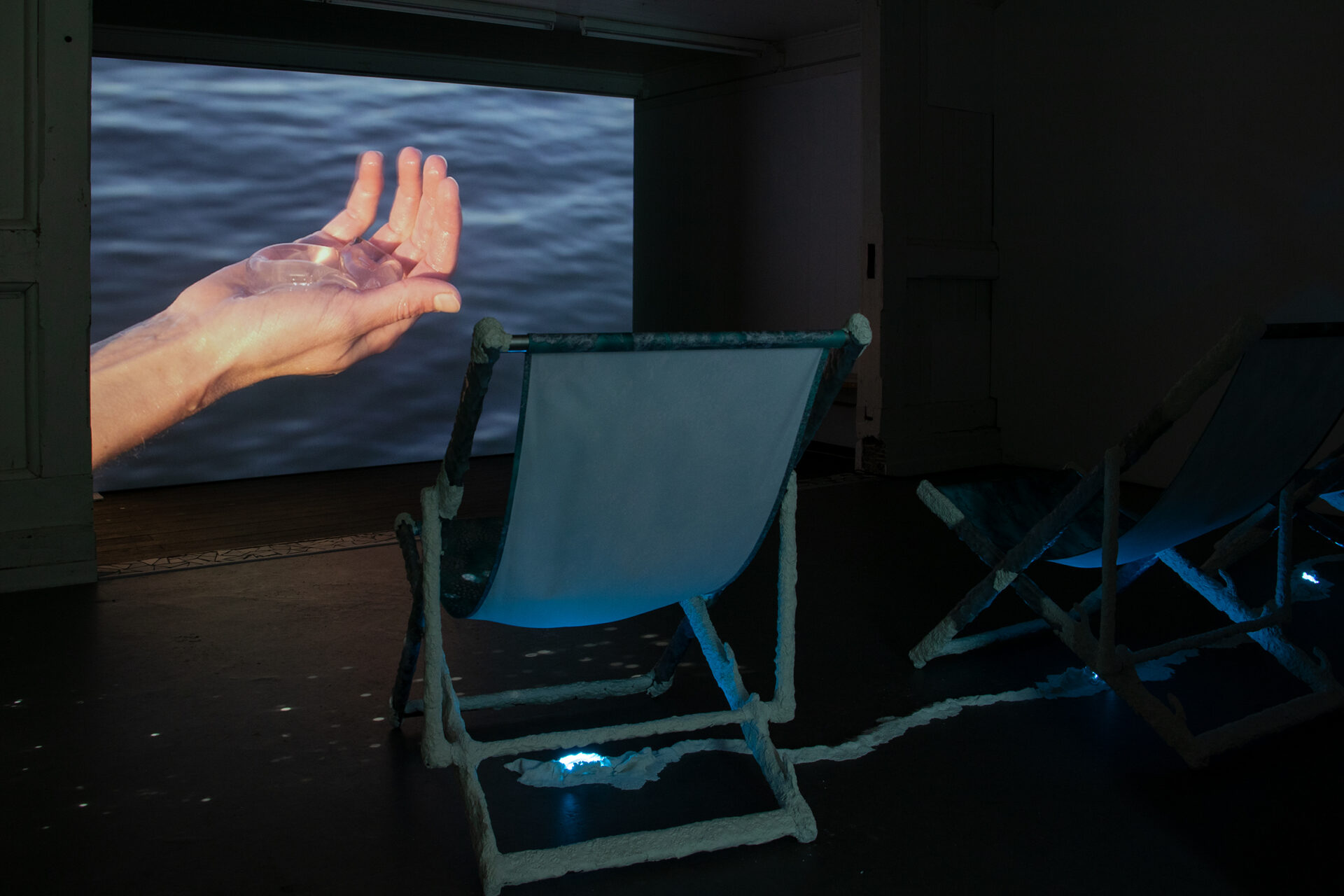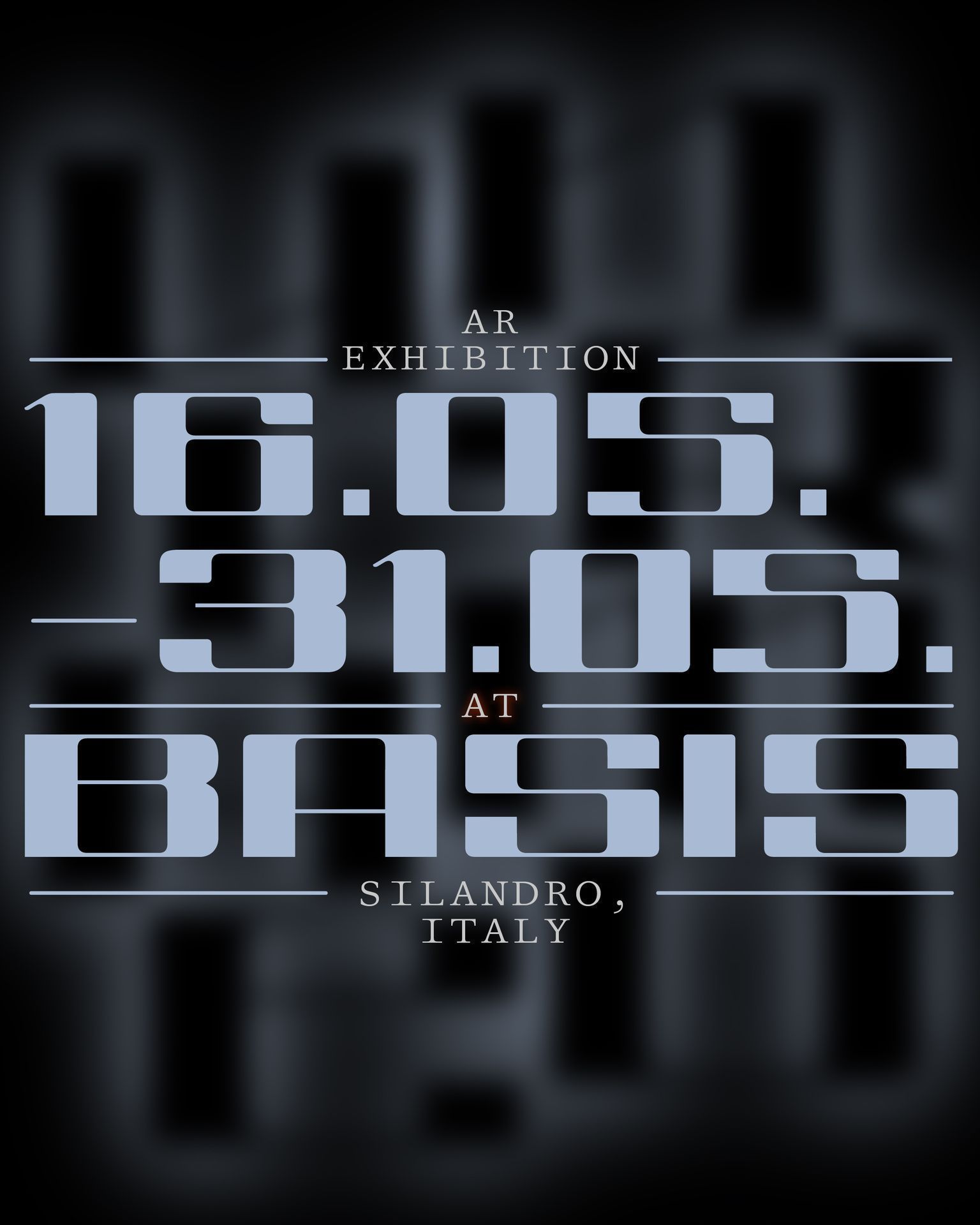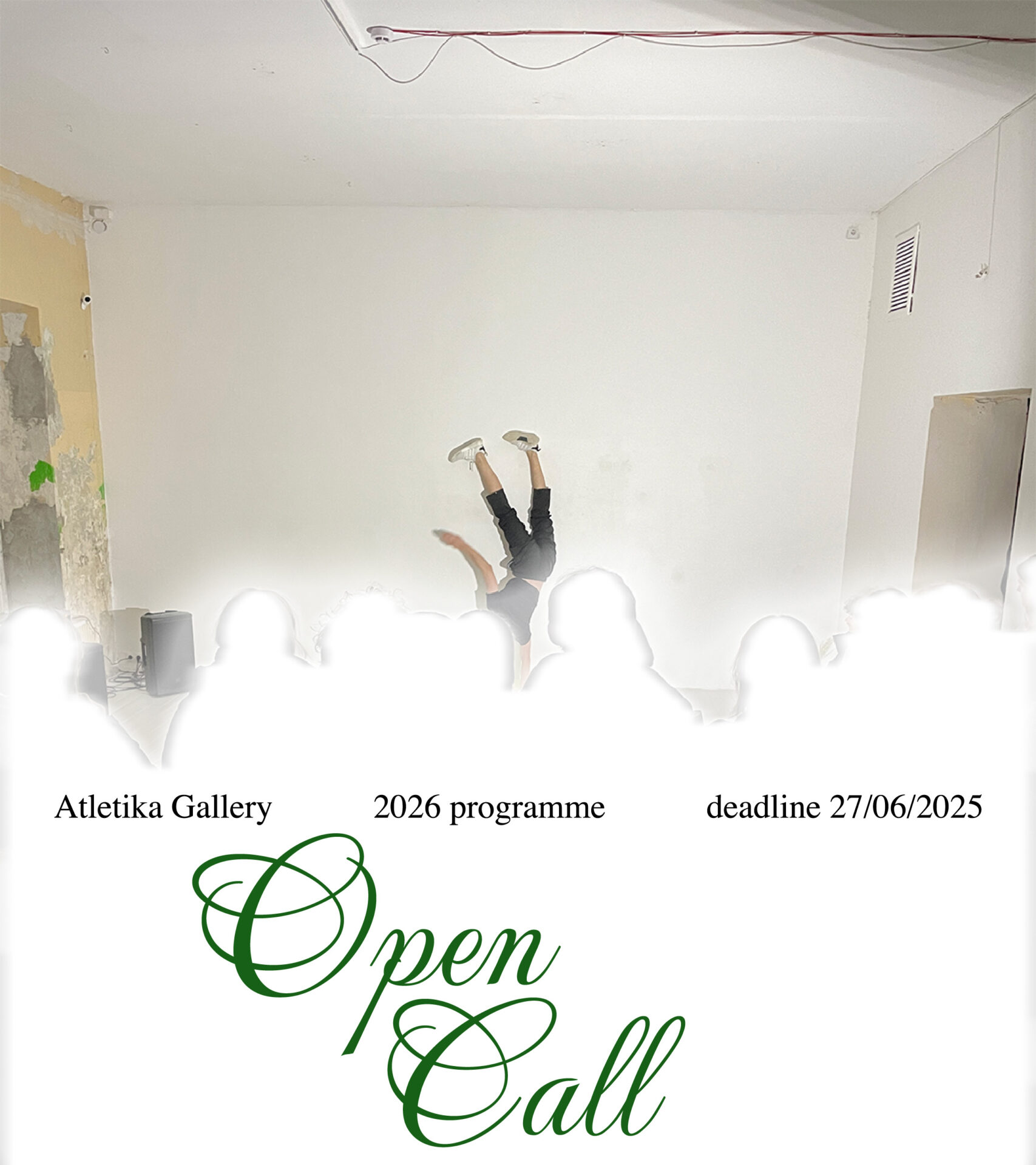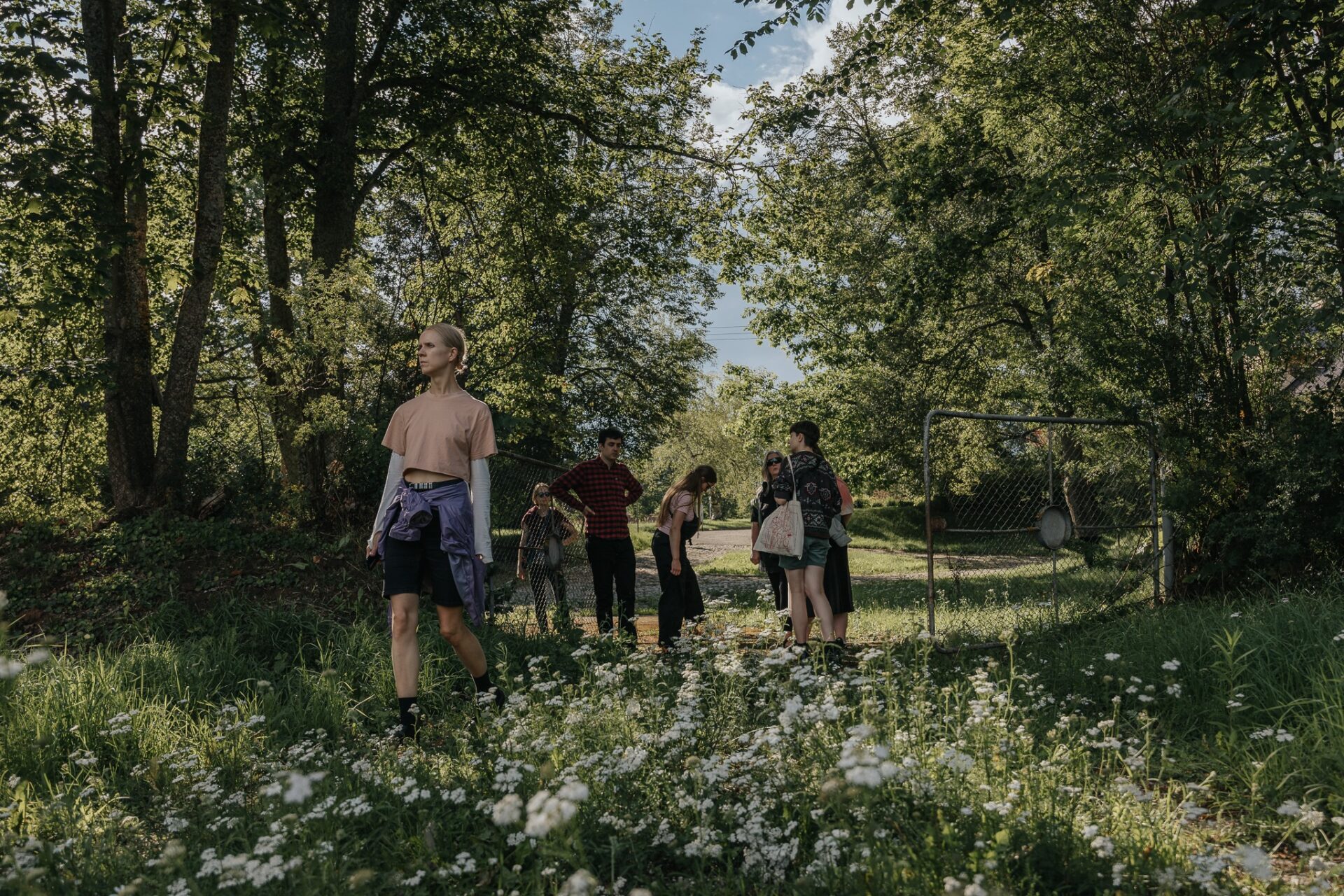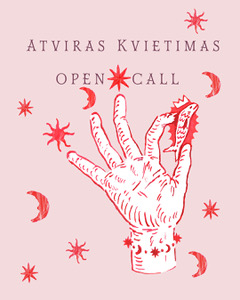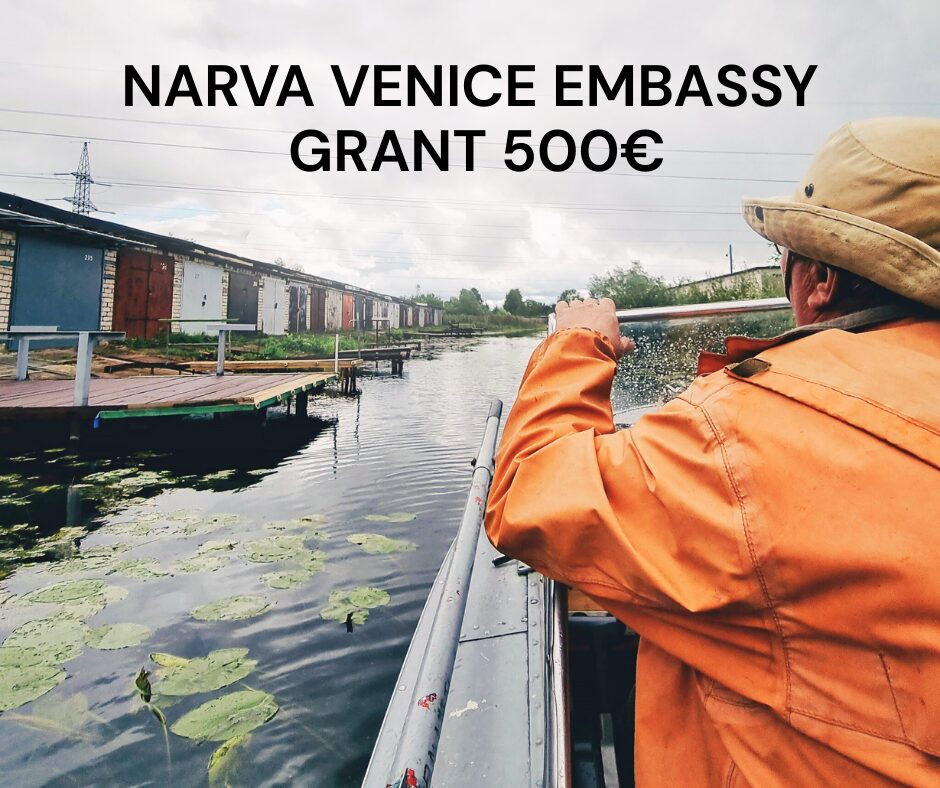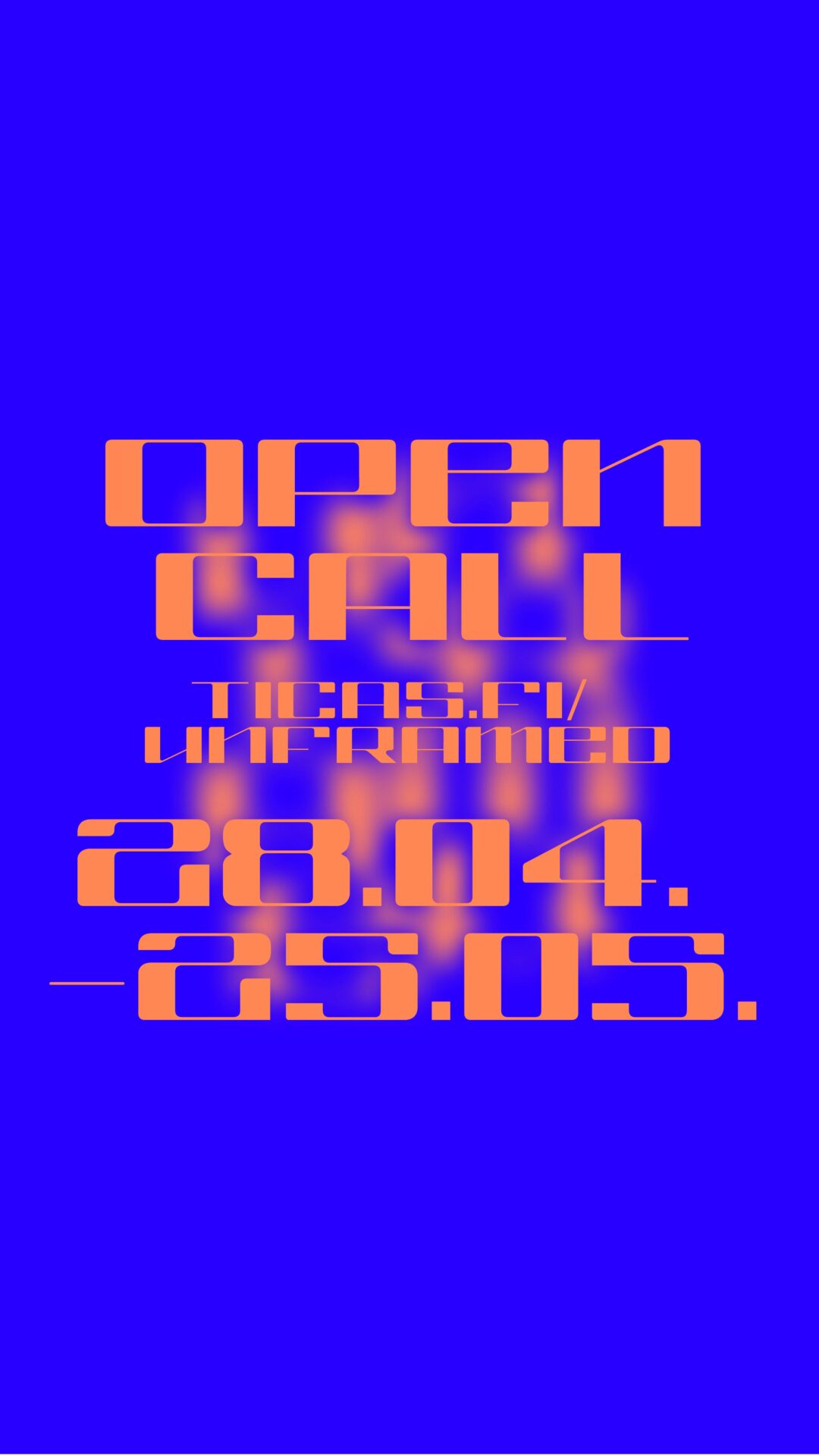The 15th Baltic Triennial, titled Same Day, will open on September 6–7, following nearly three years of major renovations to the Contemporary Art Centre (CAC) building. The exhibition, held every three years, will welcome visitors with a two-day programme of live performances and an exhibition featuring more than 50 artists from various countries. The exhibition will be open until January 12, 2025.
The Baltic Triennial, organised by the CAC since 1979, has become one of the most important contemporary art exhibitions in Northern Europe. This edition is curated by Tomas Engels and Maya Tounta, who organised the triennial’s prologue, Remain in Zero, in Vilnius last year. This one-day event featured live performances by artists and introduced the triennial’s curatorial direction. The titles of both the prologue and the exhibition are borrowed from the poems of the little-known Greek poet Emerson.
The official opening ceremony of the triennial will take place on Friday, 6 September at 18:00 in the Atrium of the CAC. The inaugural programme will continue with a performance by Hungarian artist Eszter Salamo, followed by the launch of the new issue of BILL, the ‘magazine without words’ published by the exhibition’s graphic designer Julie Peeters. After the live programme, the evening will continue at the CAC with music selected by artists Jokūbas Čižikas and Antanas Dombrovskis.
At dawn on Saturday, September 7, the triennial’s opening programme will continue in the Main Hall of the CAC with its longest piece, running for over 15 hours until dusk. This is a drum piece by Dutch artist Toine Horvers, first presented in Amsterdam and now revived after 38 years in Vilnius. The work will be performed by musicians from Lithuania. On Saturday, visitors will also be invited to two more live performances: one by Canadian artist Dana Michel and another by Norwegian choreographer and dancer Mette Edvardsen, who performed No Title at the triennial’s prologue and now returns to present a new live piece with her daughter Iben Edvardsen.
During the days of the opening program, visitors will also be invited to a performance by Andrius Arutiunian, a Lithuanian artist of Armenian descent. The performance involves a car ride through Vilnius while listening to a soundtrack created by the artist. Registration is required for those who wish to experience this journey. All events in the opening program are free of charge, and the exhibition will also be open for free visits on Friday and Saturday.
The opening events of the 15th Baltic Triennial are part of Vilnius Gallery Weekend and coincide with the start of the Survival Kit festival organised by the Latvian Centre for Contemporary Art in Riga. The abundance of events in various locations reflects the vitality of the contemporary art scene in the Baltic States.
Program of the opening weekend of the 15th Baltic Triennial Same Day on September 6–7:
Andrius Arutiunian, Armen (2023–2024), 42 min.
Friday, 6 September, 18:00–21:00 / CAC Sculpture Yard
Saturday, 7 September, 14:00–21:00 / CAC Sculpture Yard
Drawing from a personal collection of cassettes, vinyl, and VHS tapes of diasporic Armenian pop and disco from the 1970s to the 1990s, Andrius Arutiunian, himself Armenian-Lithuanian, remixes and reimagines the personal and cultural memory embedded in this music. While Armen also exists as a record and a live music performance, this Vilnius iteration taps into Arutiunian’s childhood memories of Armenia, where the sounds of blaring music from the speakers of ageing Mercedes-Benz taxis greeted arrivals at Zvartnots Airport in Yerevan. Published on an audio cassette, Armen is experienced through a taxi’s sound system, with the journey’s duration mirroring the combined lengths of the cassette’s A and B sides. The route, mapped out by Arutiunian, evokes a passage between two intertwined cities and homes, encapsulating the shared histories they embody.
Eszter Salamon, Dance for Nothing (revisited) (2024), 45 min.
Friday, 6 September, 19:00 / CAC Atrium
In Dance for Nothing (revisited), Eszter Salamon returns to John Cage’s Lecture on Nothing (1949), a piece of music that suggests that what seems to be ‘nothing’ is not empty but filled with possibilities and invites listeners to experience the act of listening as inherently meaningful. Building on her 2010 choreography Dance for Nothing, where Salamon first interacted with Cage’s text by repeating it from a slowed-down in-ear recording performed by American cellist and composer Frances-Marie Uitti, she moved among an audience positioned on four sides. In this iteration, Salamon intensifies the lecture’s format, using only a chair and microphone as she recites Cage’s words. Pairing these recitations with unintended movements that evolve from ‘at hand’ or ‘readily available’ gestures into complex progressions and modulations, she creates a composition where spoken word and physical action move side by side, interacting without interference.
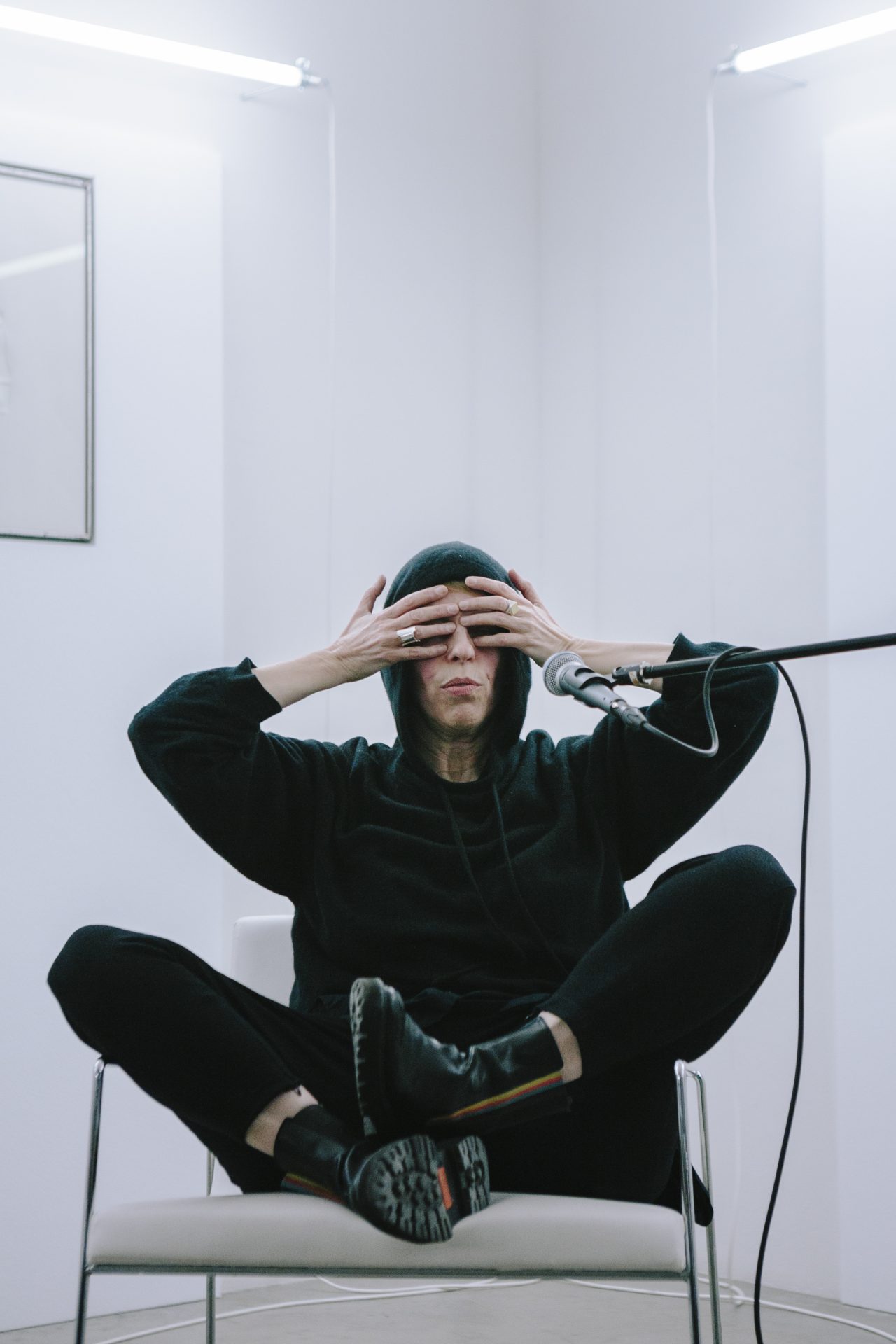
Eszater Salamon during her performance ‘Dance for Nothing (revisited)’ (2024), photo by Sebastian Reiser
Julie Peeters and BILL, BILL 5 (2024)
Friday, 6 September, 20:00 / CAC Atrium
BILL is a ‘magazine without words’ conceived and edited by graphic designer Julie Peeters, with Elena Narbutaitė serving as Associate Editor. Each year, BILL publishes an issue that uses the logic of the image to collect photographs and visual reproductions sourced from artists, archives, and rare book collections. Prioritising visual reading without distraction, the images in the magazine are printed without any accompanying text. The 5th issue of BILL launches on the occasion of the opening of Same Day and contains 192 offset printed pages printed in CMYK, silver, black and white on a dozen different paper stocks with Japanese bound signatures, depicting sand, wind, tide, bills, tulips, LA, parking lots, waves, thoughts, bagels, prints, Tokyo, orchids, horses, backs, balm, magazines, updates, shadows, Elena’s shoe, two mud-baths, and a garage door, contributed by Boyle Family, Jochen Lempert, Ketuta Alexi-Meskhishvili, Gillian Garcia, Beat Streuli, Takashi Homma, JP, Adrianna Glaviano, Mimosa Echard, Rosalind Nashashibi, Gerald Domenig, Christian Kōun Alborz Oldham, Martiniano, and Blommers Schumm.
Benedikt Reichenbach wrote about BILL: ‘In terms of empowerment, where identity is typically formed merely in relation to a dominant structure, looking at BILL seems to bring you closer to yourself, without ever leaving it static at what that is. […] By putting you in the middle of its content, which at no point has anything to prove, you’re asked to articulate your own point of view to what you’re seeing. And if Peeters merely refers to the ornithological meaning of name and logo, it might just express the nature of BILL: a refusal to speak or have things resolved.’
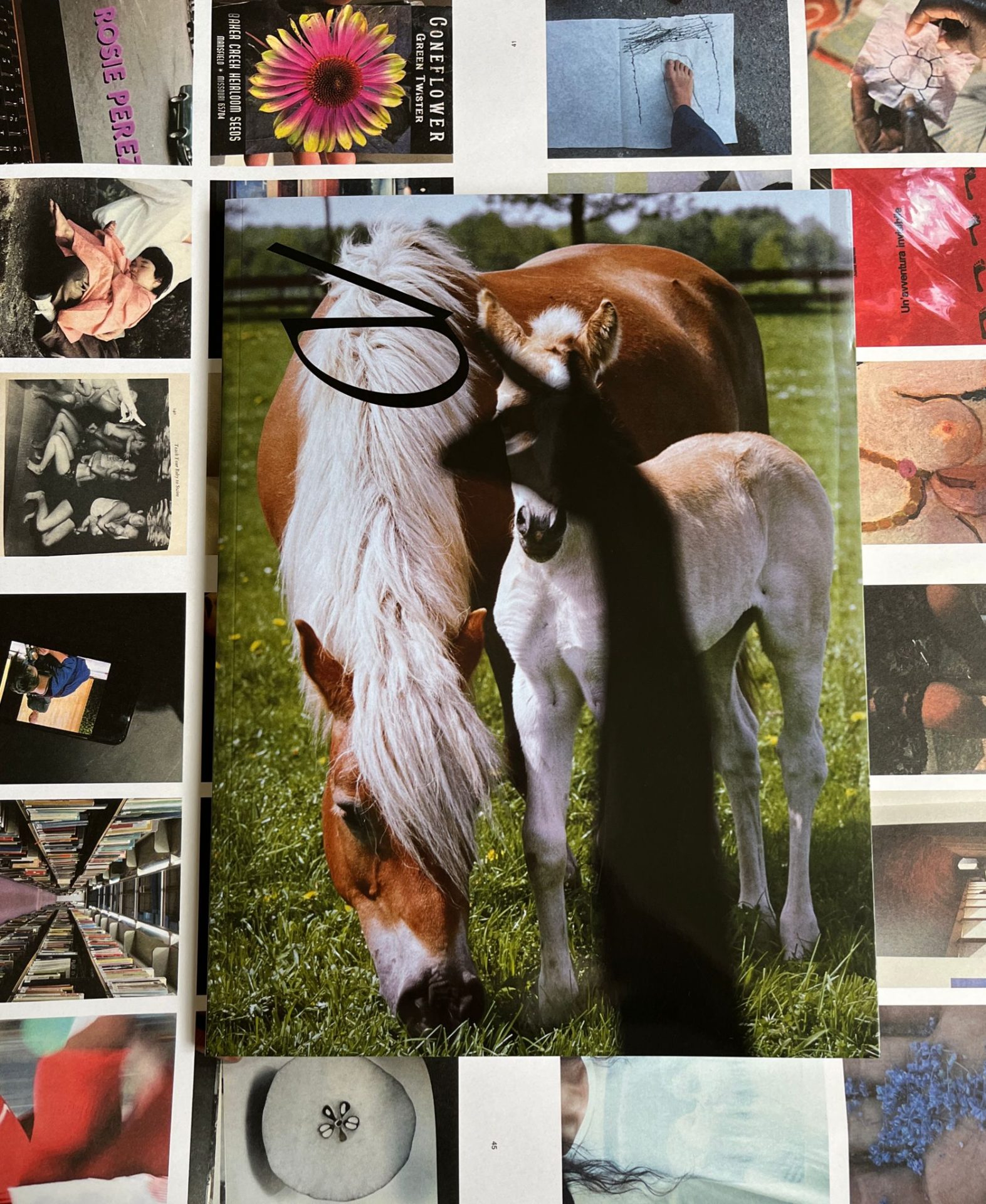
Magazine ‘BILL5’ (2024)
Toine Horvers, Rolling 1 (1986/2024), 15 h. 25 min.
Saturday, 7 September, 5:30–20:55 / Main Hall
Ten snare drums are positioned in single-file in the main hall of the CAC. At first light, at 5:30 on 7 September, ten drummers (20 on rotation) assemble in position. A sensor measures the light on the ceiling at the point at which it enters the room. The measurements are displayed on a screen as a score for the players to follow and determine the strength of their drum roll. Until the last light at 20:55, for 15 hours and 25 uninterrupted minutes, the intensity of the percussion echoes the luminance of the hall.
‘My sculpture consists of a human being who, for a time, is moving, living on the tops of his energy, and by this action abolishes time.’ – from ‘Drumming’ by Toine Horvers in The Act, 1988/1989.
Originally titled Rolling, the performance has since been renamed Rolling 1 to indicate its belonging to a larger series of Rolling performances using drums as instruments for measurement and translation. Initially conceived for and performed at de Appel, Amsterdam, in 1986, the restaging of Rolling at the Triennial is only its second iteration 38 years later. Video documentation of the original performance was presented in the exhibition Performance Registrations: Dan Graham, Toine Horvers, Joan Jonas at Laurenz Space in Vienna in 2024.
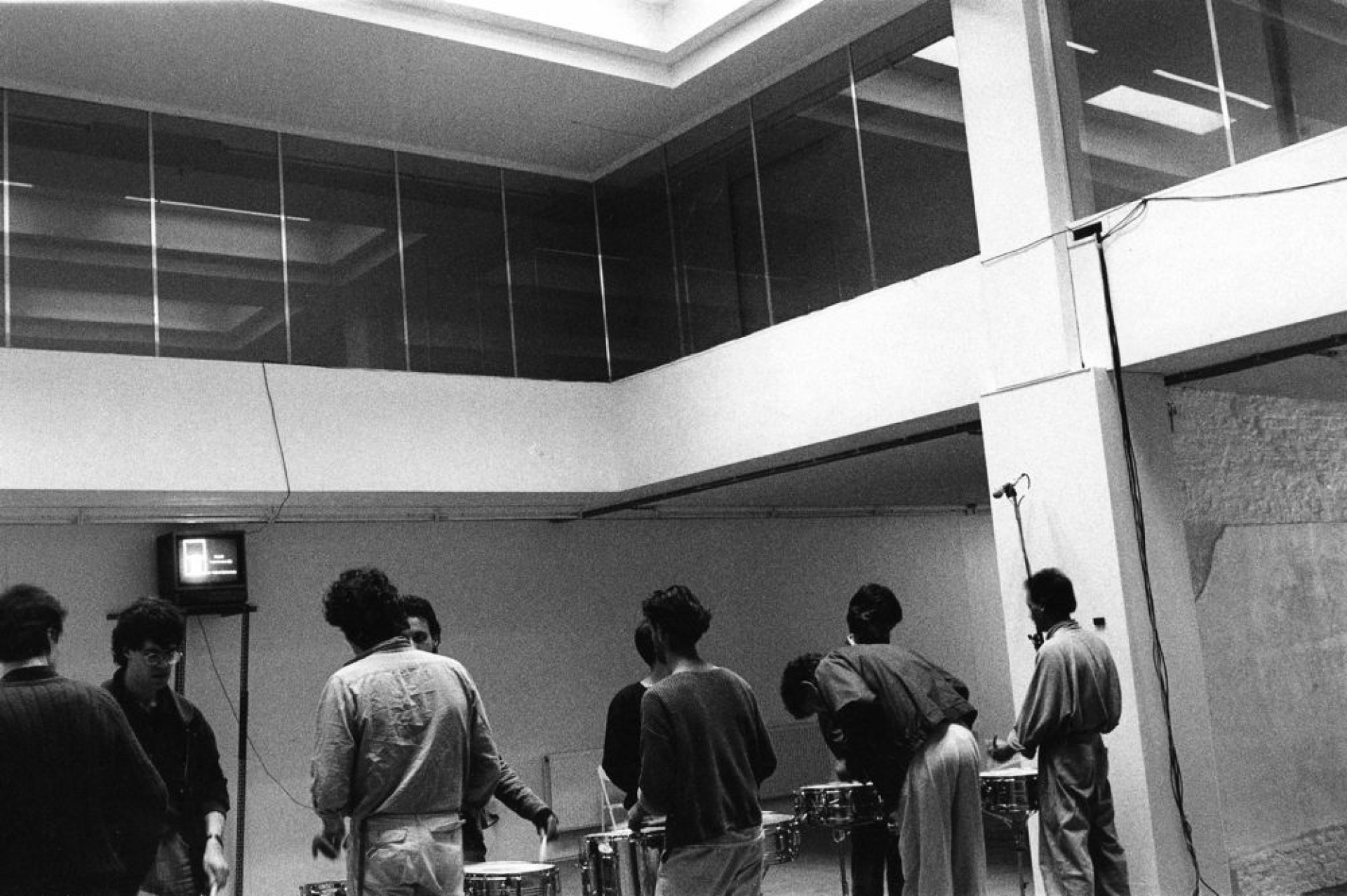
Toine Horvers performance ‘Rolling 1’ (1986), photo by Lex van Lith
Dana Michel, PRETZEL DI AQUA (2024), 30 min.
Saturday, 7 September, 19:00 / CAC
In PRETZEL DI AQUA, Dana Michel employs improvisation as a tool to navigate the present moment, crafting a one-off live performance that is both a response to the immediate situation and the surrounding exhibition. The title itself acts as a predicate for the performance, suggesting a contraction of opposites: a fluid, intertwining shape that embodies tension and flow, structure and spontaneity. PRETZEL DI AQUA twists the seemingly static, challenging the fixed nature of things by introducing a disruption to the predictable and inviting a continuous re-engagement with the present.
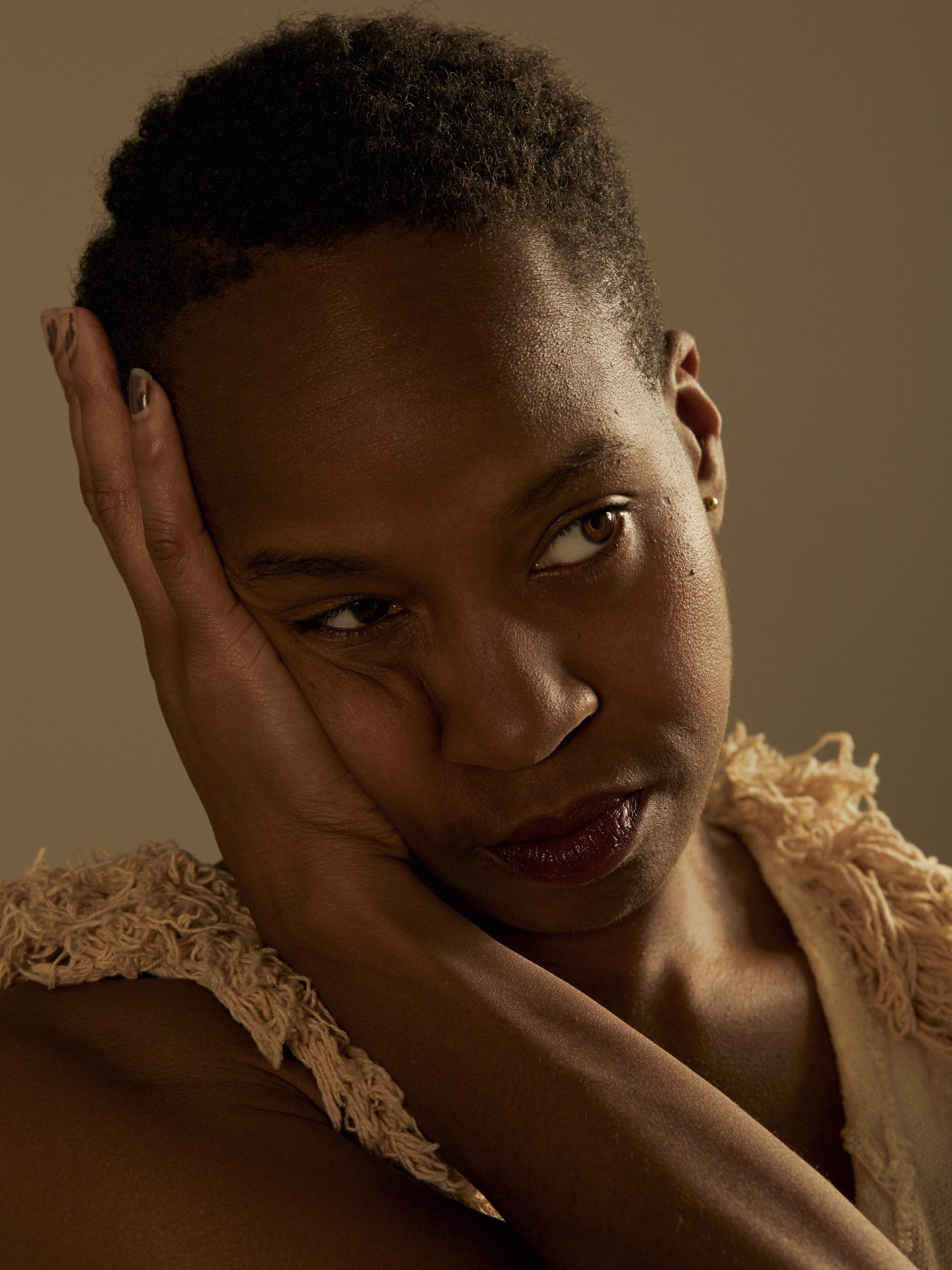
Dana Michel portrait, photo by Richmond Lam
Mette Edvardsen and Iben Edvardsen, Livre d’images sans images (2023), 60 min.
Saturday, 7 September, 21:00 / Cinema Hall
Livre d’images sans images (A Picture Book Without Pictures) is a work by Mette Edvardsen and her daughter Iben Edvardsen that unfolds through vinyl, paper, and live performance. It takes its title from a book by Hans Christian Andersen, also referred to as The Moon Chronicler. The book follows a conversation between a painter and the Moon, in which the Moon describes what she sees on her journey around the world every evening, telling the painter to paint what she describes. As Mette Edvardsen outlines, ‘This conversation, as in the now obsolete meaning of the word (“a place where one lives or dwells”), was the starting point for our work. Using the weather report as dramaturgy (“the moon did not show up every evening, sometimes a cloud came in between”), we have created and collected materials from our conversations in the form of recordings, text, voice, drawings, references, found images, loose connections, inspirations and imaginations, in the order they came to us. They are at the same time sources and traces, material and support for new imaginations or events to come.’
You can read more about the 15th Baltic Triennial Same Day and the opening weekend program here.
The project is funded by the Lithuanian Council for Culture. Media partner – LRT. Implemented with support from Reefo, a patron of both the Contemporary Art Centre and the Sapieha Palace. Project partners: JCDecaux, the Cultural Services of the Ministry of Education, Sport, and Youth of the Republic of Cyprus, the Government of Flanders, Phileas – A Fund for Contemporary Art (Austria), Pro Helvetia, the Institute for Foreign Cultural Relations (ifa) in Germany, Goethe-Institut Lithuania, the Lithuanian National Museum of Art, the Lithuanian Culture Institute, the Polish Institute in Vilnius, the Estonian Centre for Contemporary Art, and LUX. Project sponsors: the Henry Moore Foundation and the Cultural Endowment of Estonia.
